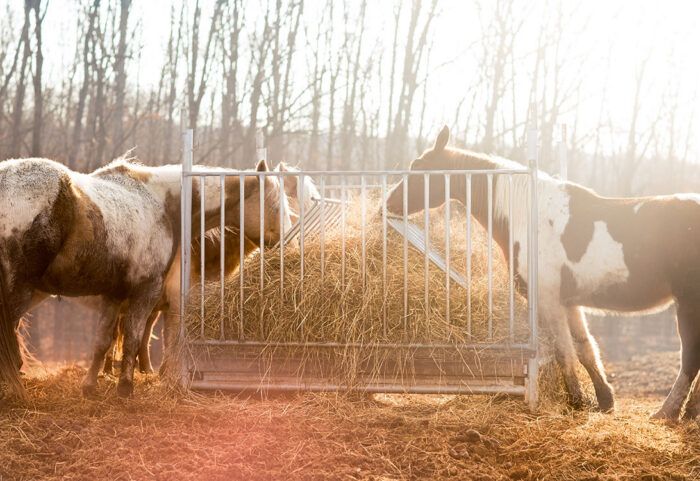How to Tell If Your Dog’s Anal Glands Need Expression and How to Do That
Every dog has two anal glands beside the anus, designed to release a unique scent into her stool when she poops. For many dogs, these liquid-filled glands empty naturally. For others, the glands fail to empty, leading to impaction, infection, or even rupture.
Does Your Dog Need Her Anal Glands Expressed?
- Scooting
Dogs often drag their bottoms across the carpet or floor to relieve discomfort caused by pressure in the anal glands. This is one of the most common and obvious signs.
- Excessive licking or chewing near the tail
Constant attention to the rear area usually signals irritation or discomfort. Some dogs may even cause redness or hair loss from over-licking.
- Strong, fishy odor
The liquid inside anal glands has a very distinct smell. If you notice a pungent, fish-like odor coming from your dog’s rear, the glands may need attention.
- Brownish discharge or stains
You might see small wet spots or brown residue left on bedding, furniture, or where your dog was sitting. This can indicate leaking or impacted glands.
Some dogs are naturally more prone to anal gland problems. Common contributing factors include:
- Loose stools or diarrhea
Normally, firm stool helps squeeze the glands during defecation. When stools are too soft, the glands may not empty properly, leading to buildup.
- Food allergies or sensitivities
Allergic reactions can trigger chronic inflammation in the gut and anal glands, making impactions more likely. Atopic dermatitis is another common condition that may increase inflammation around the glands.
- Obesity
Extra weight can put pressure on the anal area and weaken the muscles that help glands empty naturally.
- Small breeds
Smaller dogs, such as Chihuahuas, Boston Terriers, and Cavalier King Charles Spaniels, are statistically more likely to experience anal gland problems.
- Congenital gland placement
Some dogs are simply born with glands that sit slightly out of position, which makes natural emptying less effective.
What to do if Your Dog Needs Her Glands Expressed
If you suspect your dog’s glands need to be expressed and it’s not a chronic concern, you definitely want to contact your veterinarian. She’ll want to check to make sure your dog’s not suffering from an infection and talk to you about the root cause.
A lot of dog parents whose dogs regularly need their anal glands expressed turn to their veterinarian to do the actual expression. Why? Because it’s pretty gross! And because incorrectly expressing a dog’s glands can actually result in painful irritation.
If you think you might want to express your dog’s anal glands yourself, be sure you have your veterinarian/veterinary technician show you exactly how to do it the first time. Annual wellness exams are especially important for dog parents who choose to manually express their dog’s glands between vet visits to ensure they’re not incidentally causing harm.

How to Express Your Dog’s Anal Glands
Step one: Ask your vet or groomer to do it. Kidding! Kind of. Anal gland expression is a messy, smelly job, and if you’re squeamish, have a wiggly dog, or just don’t feel confident, it’s best left to the professionals.
But if you’ve been trained by your veterinarian or technician and want to try it at home, here’s a structured approach:
1. Prepare your supplies and helper
- Latex gloves
- Petroleum jelly (for lubrication)
- Clean paper towels
- A calm dog and someone to help hold them steady
2. Position your dog safely
- Have your helper keep your dog standing securely on all fours.
- Stay calm — nervous energy can make your dog more restless.
3. Locate the glands
- With gloves on, apply a little petroleum jelly.
- Insert your index finger just inside your dog’s anus while your thumb rests on the outside.
- You should feel a small, pea-sized sac on each side.
4. Gently express the glands
- Press your finger and thumb together lightly to squeeze out the liquid.
- Catch the fluid with a paper towel.
- Repeat on the opposite side.
5. Watch for warning signs
- Stop immediately if your dog shows pain.
- If the fluid is cloudy, bloody, or unusually thick, call your veterinarian.
- If your dog needs manual expression more than twice a year, something else may be going on, and your vet can help find the cause.
Stay Updated on the Future of Pet Care
From everyday wellness tips to the latest research in regenerative medicine and stem cell therapies for pets, our newsletter keeps you informed on what matters most to your dog’s health.


